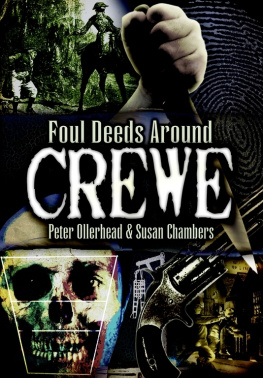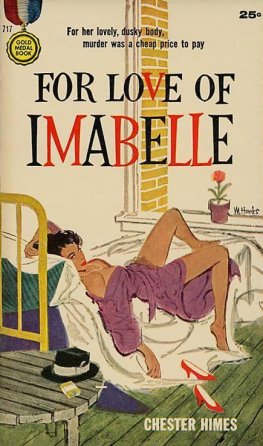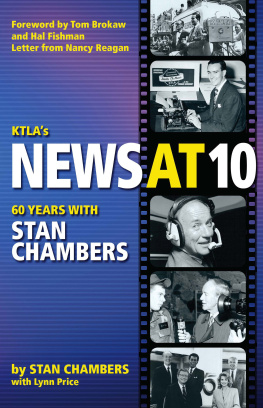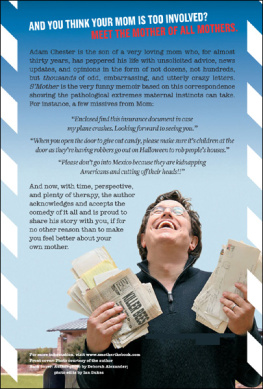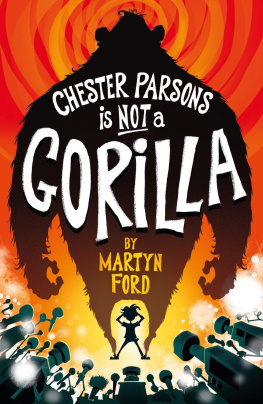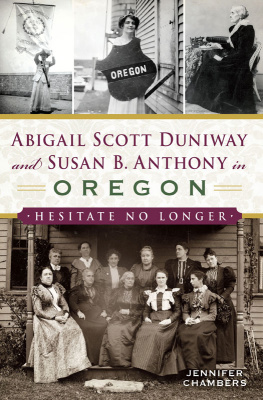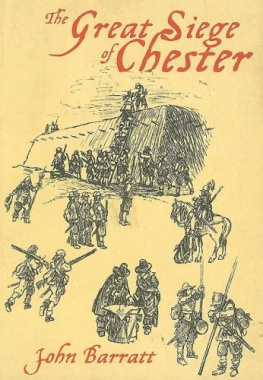First published in 2015 by
Pen and Sword Military
An imprint of
Pen & Sword Books Ltd
47 Church Street
Barnsley
South Yorkshire
S70 2AS
Copyright Susan Chambers, 2015
ISBN: 978 1 78346 353 4
EPUB ISBN: 978 1 47384 648 7
PRC ISBN: 978 1 47384 637 1
The right of Susan Chambers to be identified as Author of this work has been
asserted by her in accordance with the Copyright, Designs and Patents Act 1988.
A CIP catalogue record for this book is available from the British Library
All rights reserved. No part of this book may be reproduced or transmitted in
any form or by any means, electronic or mechanical including photocopying,
recording or by any information storage and retrieval system, without permission
from the Publisher in writing.
Printed and bound in England
By CPI Group (UK) Ltd, Croydon, CR0 4YY
Pen & Sword Books Ltd incorporates the Imprints of Pen & Sword Aviation, Pen &
Sword Family History, Pen & Sword Maritime, Pen & Sword Military, Pen & Sword
Discovery, Pen & Sword Politics, Pen & Sword Atlas, Pen & Sword Archaeology,
Wharncliffe Local History, Wharncliffe True Crime, Wharncliffe Transport, Pen &
Sword Select, Pen & Sword Military Classics, Leo Cooper, The Praetorian Press,
Claymore Press, Remember When, Seaforth Publishing and Frontline Publishing
For a complete list of Pen & Sword titles please contact
PEN & SWORD BOOKS LIMITED
47 Church Street, Barnsley, South Yorkshire, S70 2AS, England
E-mail:
Website: www.pen-and-sword.co.uk
Preface
Chester was a different place 100 years ago it then had several cinemas, a theatre, a music-hall, assembly rooms, a roller-skating rink, a synagogue, a brewery, a cheese market, some really classy shops, and its own council. The city had its share of wealthy residents, but it also had some very poor people who lived and worked in grim conditions that have now, a century later, become part of its past history.
This book aims to recount how the people of Chester lived throughout the years of the Great War and its immediate aftermath. It is an account of the way that war affected our families, how they coped in those strange, unpredictable times, and how those who governed the city sought to keep things going under such difficult conditions.
The task of telling the individual stories of those Chester men who fought for their country must be left to other writers; I have simply given a brief mention to a selection of local soldiers, sailors and airmen who must represent the others. Chester men fought in over eighty different units, the main ones being the Cheshire Regiment, Royal Welch Fusiliers, Royal Field Artillery, Kings Own Liverpool Regiment, and the Royal Engineers. Many memorials in the city conscientiously record those who died.
Thanks must go to Cheshire Archives and Local Studies for their great help and encouragement, especially Archivist Liz Green. Valuable help and information has also been given by Geoff Crump and Bill Preece from Cheshire Military Museum and Caroline Mannion the Museum Officer of that establishment. Peter Boughton from Grosvenor Museum, Cathryn Eales of Chester History and Heritage, Louise Martin from Eaton Estate and my fellow volunteer John Dixon have all willingly helped me in this task. I give special thanks to Olly Chambers for much technical assistance.
The newspapers of the time have been a good source of useful material, as have the comprehensive records of the Chester Council for Social Welfare (nowadays represented by Chester Voluntary Action), also Chester City Council and Cheshire County Council minute books, Medical Officers annual reports for the city, Chief Constables annual reports, school log books, and records of Chester Leadworks and the Hydraulic Engineering Company. The Cheshire Regiments The Oak Tree journal courtesy of Cheshire Military Museum and The History of the Cheshire Regiment in The Great War (Crookenden), both have been useful guides to military matters. Most of the photographs supplied by the Military Museum are from an album collated by the Medical Officer of the 1st Battalion of the Cheshire Regiment, John Maitland Forsyth MC, who served at the Front throughout the war, and was badly gassed in 1918. He died in 1922 in Singapore where he was working in medical practice. Many of the images of early Chester are from the collection of Frank Simpson, in the Cheshire Archives and Local Studies Collection. I hope that both these men would have been happy to see their photographs used here.
PROLOGUE
Chester Life Before The War
In the early years of the twentieth century, when prosperous Britain ruled an Empire, the city of Chester was gradually emerging from its role as a traditional county market-town and becoming a regional shopping and tourist centre though it was more than once described as sleepy and quaint in the local papers. Some of its older industries had gone, but it still served as an important administrative centre for the Cheshire County Council, the Cheshire Regiment and the Chester diocese of the Anglican Church.
By 1914 around 40,000 people lived in the city, with several thousand more in the outlying districts. Many of the city dwellers were still crowded into the courts, huddled groups of dilapidated cottages crammed together behind the main streets, and traces of them can still be spotted, for example off the north side of Foregate Street, between some of the shops. Many people also lived in the more reasonable conditions of the terraces of areas like Newtown, Garden Lane, Boughton and Saltney, whilst the middle classes settled in Hoole or in small enclaves of larger terraced houses dotted around in the city and suburbs. The most desirable housing was centred on areas like Dee Banks, Queens Park, Hough Green and Curzon Park.
A number of the town centre buildings were relatively new, including the Victorian black and white architecture that is still a major feature of our city streets today. Most of Chesters small traditional workshops producing handcrafted goods had disappeared by the Edwardian era, and many shops were offering a selection of factory-made wares. Browns of Chester (as it was known from 1913), on Eastgate Street, was definitely the citys leading store. It was still a high-class establishment in those days of a century ago, attracting the wealthy with the quality of its merchandize, some of which was still actually being made by craftsmen in its own workshops.
The view from Northgate, early twentieth century. (Cheshire Archives and Local Studies [CALS]: ZCR 119)
A variety of food shops flourished on the main streets, notably Bollands high-class confectioner and caf next to Browns; Marks & Spencers Penny Bazaar was to be found on Foregate Street, in a building that is now a small caf. St Michaels Arcade off Bridge Street had been finished in 1910 and provided attractive new premises including a Turkish Baths, (for men and women) on Bridge Street. The city had a twice weekly general market, weekly livestock market (in George Street), and a monthly cheese market.
Several of the citys old mills had closed in those years before the war. Of the corn millers, the biggest company, F.A. Frost & Sons on Steam Mill Street, (now converted to flats) had moved to Ellesmere Port in 1913. Dee Mills at the city end of the Dee Bridge was demolished in 1910, to be replaced by a hydro-electric plant just before the war. Albion Mill in Seller Street, (also now the site of flats), was only producing animal feed by 1913. Cestrian Mill (Mill Hotel) was being used as a warehouse. Thomas Nicholls & Co, Deeside Mills, where 1960s flats and houses are now standing on the Handbridge side of the river, processed tobacco and snuff, and was still functioning in 1914 as was W.T. Davies & Sons, part of Imperial Tobacco, in Canal Street, now demolished and replaced with offices, and both these mills were big employers of women. Several firms of seedsmen and plant nurseries were still successful and important city businesses.






